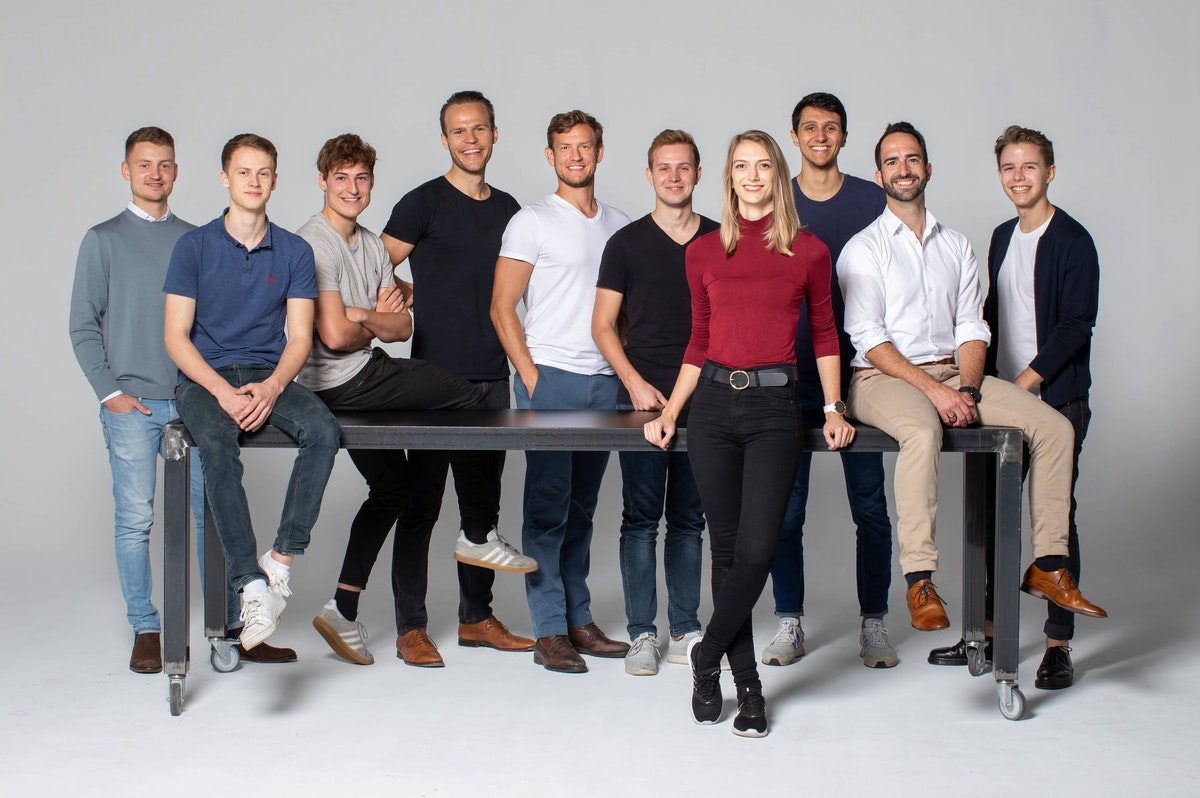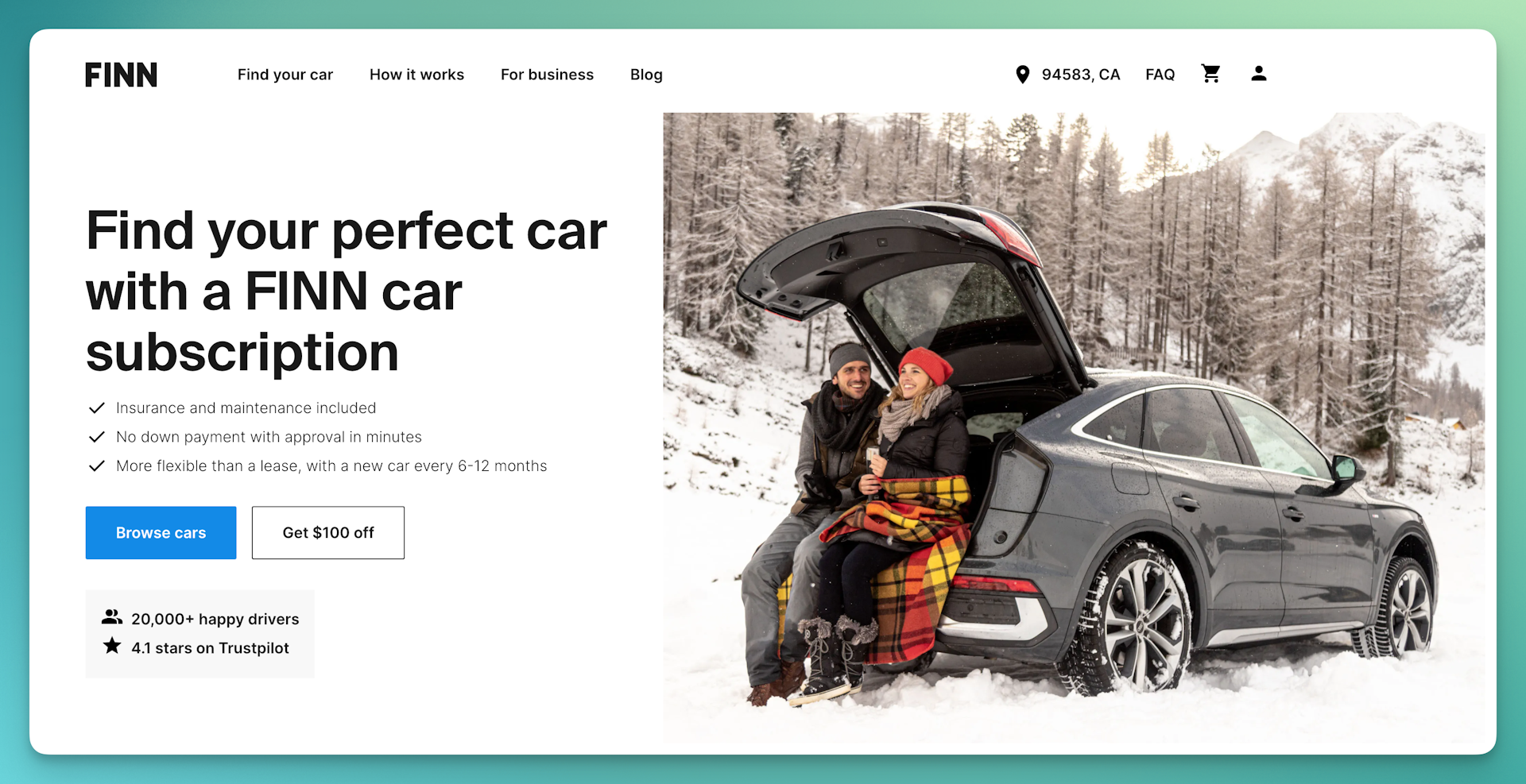- Automotive
- CO2 Neutral Car Subscription
FINN is not your typical auto rental company. If you aren't familiar with their Germany-based service, they're probably unlike anything you've ever heard of before. They don't call themselves a car rental company, although they do drop a vehicle off at your door. They aren't really a green-energy company either, although all their vehicles drive climate-neutral. Calling them a subscription service doesn't exactly do them justice, but it might be most on-the-nose. So what is FINN?

What they do
Co-Founder Maximilian Wühr would tell you they're a car-subscription company; an all-inclusive-service that eliminates every imaginable hassle that comes with acquiring, owning, renting, driving, or maintaining your vehicle. Select a vehicle in a few minutes online, and Finn.auto will take care of everything from registration and insurance, to doorstep drop-off, to the long-term maintenance of your car. Perhaps the only thing they can't do is refuel for you.
To get their proof of concept rolling, Finn.auto managed leads with a combination of Webflow, Google Sheets, Airtable, and a handful of other intermediate solutions. Did it work? Better than they'd hoped. Clever setup? No one could doubt that. Still, as more leads began rolling in their pipeline, the founders knew they would need to professionalize their setup.

We liked Cosmic because we wanted something as object-oriented as we were at the time. It was easy for a developer with object-orientation and object relationship - way superior to other kinds of CMS. On the other hand, the editing tool is seamless, which we liked for the content-side. It was very feature-rich for both developers and content editing, which was the gap we wanted to bridge. There were very few limitations to objects or anything else. Every API Call was cached, and this was something we noticed as the way we would have built it ourselves. We liked that. The thought for developers was apparent. Cosmic is: us never having to ask a developer to change anything on the backend of our website. It separated out the content and structure, let us manage our own front-end how we like it, and now we'll be using it for every piece of content that goes up on the website.
— Maximilian Wühr, Co-Founder & VP of User-Acquisition